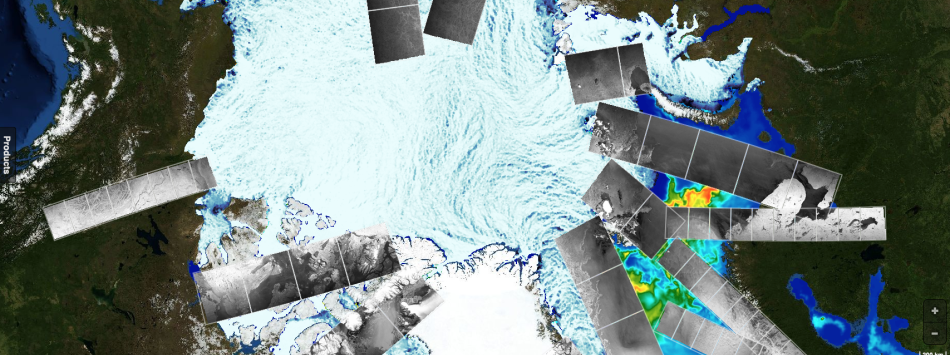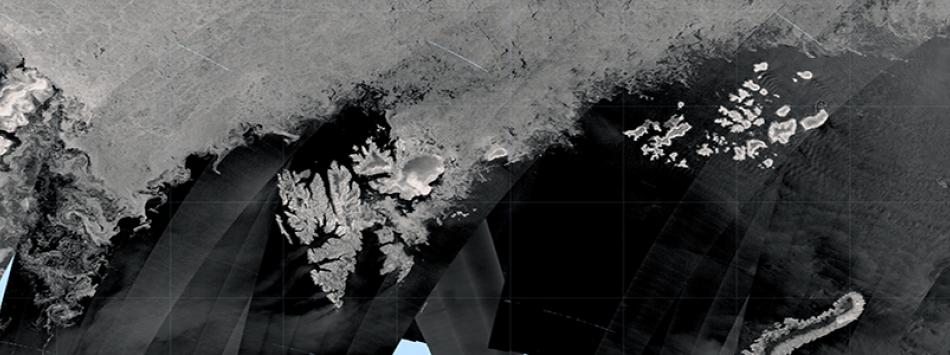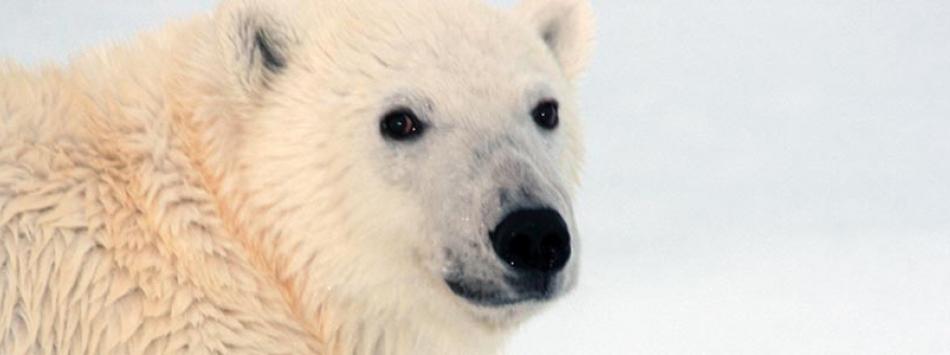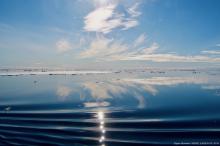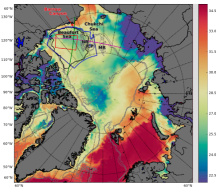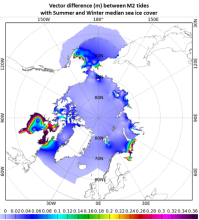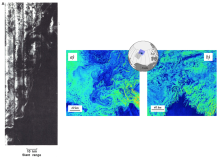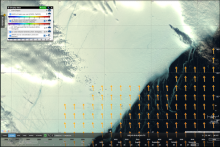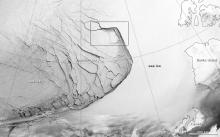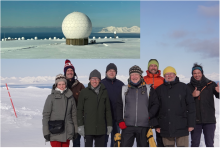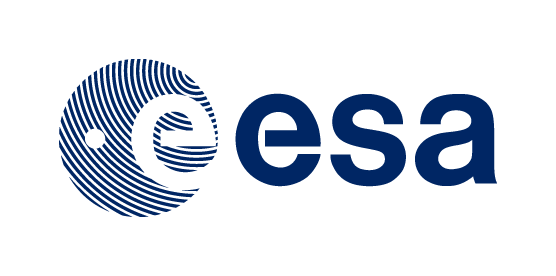Observing the changes in the Arctic Ocean: current gaps and impact of the future satellite missions
Arktalas Hoavva, funded by the European Space Agency, addresses four major scientific challenges for the Arctic. In the paper Changes in the Arctic Ocean: Knowledge gaps and Impact of future satellite missions, to be submitted, the past and present satellite observation capacity to address these major scientific challenges (the Arctic Amplification, the impact of more persistent and larger area of open water on sea ice dynamics, the impact of extreme event storms on sea-ice formation pattern and structures, and the Arctic Ocean spin-up) have been analysed.
